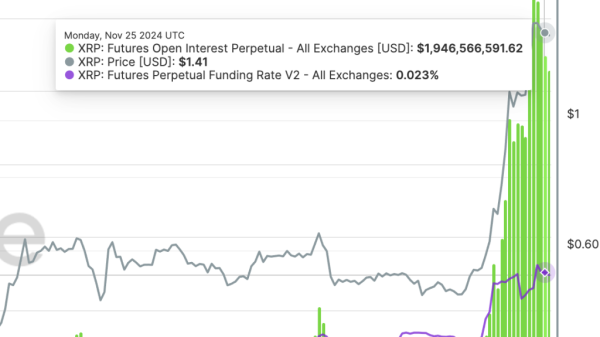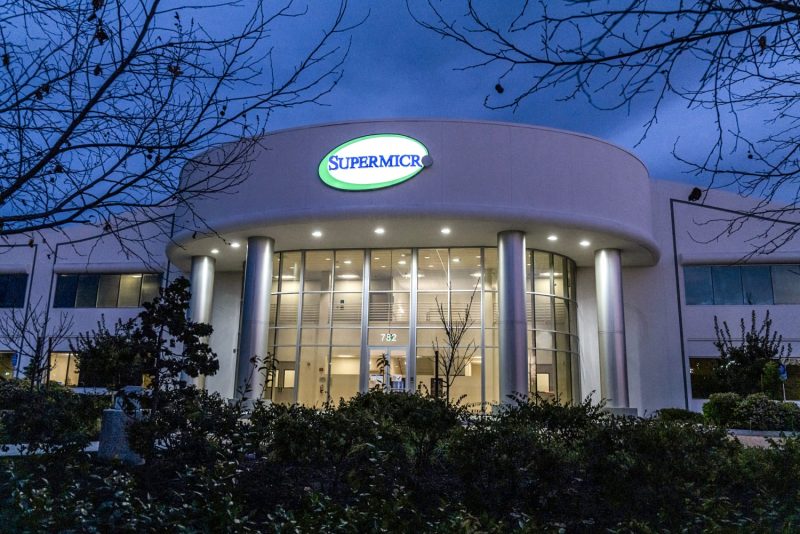In recent years, artifical intelligence (AI) has been on the rise, sparking a fervor in the business world. A commonplace we might have considered is the global computer networking powerhouse, Super Micro Computer, Inc., or commonly known as Supermicro. This Santa Clara, California-based tech supplier has enjoyed a prominent market status over years, recently experiencing a saga with AI causing a drastic shock in its value. Supermicro’s tumultuous journey helps underline the risk of overhyped AI solutions and the potential hazards they might unleash.
Supermicro, prior to the stock market collapse, was highly valued at an astounding $50 billion. Its suite of high-tech servers and storage solutions garnered respects from both Wall Street and Silicon Valley alike. However, the giant behemoth didn’t fall overnight. A sequence of dubious claims revolving around the buzzword artificial intelligence was thought to be the instigator of this downfall.
In the oil-drenched year of 2020, Supermicro announced its new server, purporting it was AI-powered and on par to outperform IBM’s market-dominant AI server. Executives boasted of the server’s prowess, emphasizing its superior processing speed, with CEO Charles Liang predicting whopping profits as a result. This move was welcomed with open arms by the investors, leading to an impressive rally in Supermicro’s stock value.
Unfortunately, the fallout came fast and hard when reality did not meet the company’s claims. A series of setbacks and failing to meet the ambitious expectations created an inevitable vacuum. The performance of the AI-powered server did not meet the high bar the company set for itself. In a nutshell, the server did not have the magic solution to all the AI problems it claimed that it would solve. The inability to deliver these promises led to a significant drop in the investors’ confidence, and consequently, a dramatic plunge in stock value.
The rapid collapse of Supermicro’s stocks is not a standalone incident but a bright red alert for tech businesses about the risk of overhyping AI capabilities. It shows an unignorable pattern where companies can get trapped in an AI hype cycle, where they overstate the capabilities of their AI technologies. The risk, in turn, lies in the artificial inflation of company value, leading to catastrophic results once the bubble eventually bursts.
The Supermicro catastrophe serves as a stark reminder to various stakeholders – from company executives to investors and analysts – of the high risks associated with the excessive hype surrounding AI. It is crucial that industry professionals approach AI technologies with a sense of grounded realism. Enforced due diligence, realistic expectations, truthful communication, and an emphasis on incremental, tangible improvements may be the more sustainable route.
The use of AI is indeed universally transformative, but software is only as good as the humans who program it. Large corporations must strike the balance between showcasing a promising vision for their AI technologies and setting realistic expectations. The absurdly high expectations like those set by Supermicro, if not met, can result in a loss of confidence by investors, ultimately leading to panic and market instability.
In the wake of Supermicro’s debacle, it is crucial for companies to navigate the AI landscape proactively. The key takeaway is not to dismiss the potential and power of AI but to remember






























